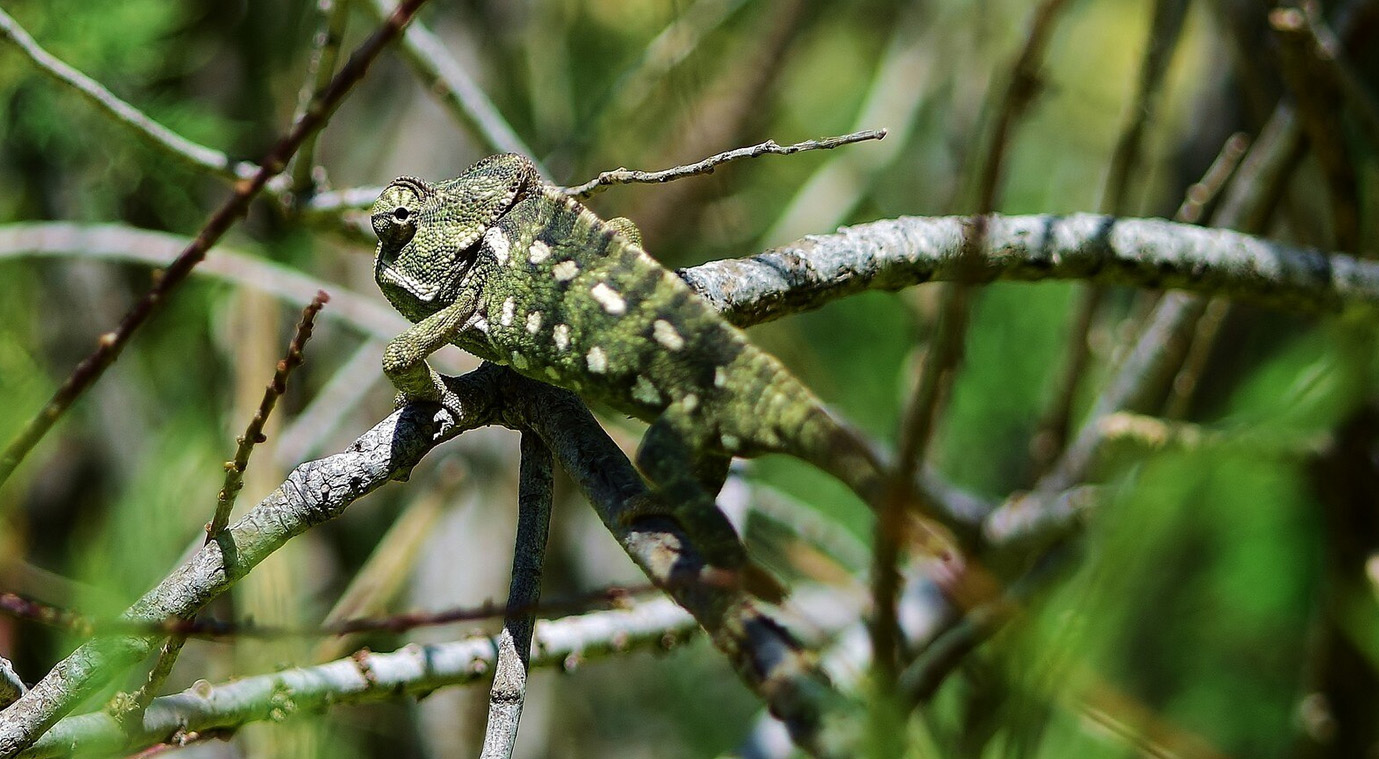
An image which may or may not be related to the article. FREEPIK
Invasive Species: Destroyers or Survivors?
Summary:
They hitch rides on cargo ships, sneak through airport luggage, or spread unnoticed through unsuspecting ecosystems. Invasive species are often cast as villains—relentless destroyers of native wildlife, uninvited intruders in delicate food chains. But is it really that simple? Some argue they’re not just wrecking ecosystems; they’re adapting, evolving, and outcompeting species that can’t keep up. Are invasive species ecological disasters, or are they simply nature’s way of selecting the strongest?
And yet, we humans love to draw arbitrary lines in the dirt. We build borders, we label what belongs where, and when nature doesn’t play by our rules, we call it an invasion.
Invasive species—the outlaws of the natural world, crossing borders without passports, slipping into ecosystems where they “don’t belong.” Zebra mussels choking North American waterways. Burmese pythons turning the Florida Everglades into their personal buffet. The cane toads of Australia, spreading like a biblical plague, swallowing everything that fits in their mouths. They don’t ask permission. They don’t apologize. They just arrive and thrive.
But here’s the uncomfortable question: Are they really the problem, or are they just better at surviving than the species they replace?
What Makes a Species “Invasive”?
A species isn’t invasive just because it moves into new territory. Migration happens all the time—birds, fish, mammals, even plants constantly shift their ranges in response to climate, food sources, and competition. What makes an invasive species different is speed and impact.
An invasive species arrives somewhere new—sometimes accidentally, sometimes because humans think they’re a great idea (looking at you, Australia’s cane toads). It then multiplies rapidly, outcompetes local species, and throws the ecosystem into chaos. The local wildlife, unequipped to handle the sudden shift, either adapts or disappears.
The worst offenders usually have a few traits in common:
- Explosive reproduction: They breed fast, often outpacing predators and competitors.
- Generalist diet: They’ll eat almost anything, giving them an edge over picky eaters.
- Few natural enemies: If nothing hunts them, they run rampant.
- High adaptability: They can survive in a range of environments, making them difficult to contain.
Take the Asian carp in the Mississippi River. Originally brought to the U.S. to clean algae from fish farms, they escaped during floods and spread like wildfire. They breed like rabbits on steroids, outcompete native fish, and jump out of the water in massive, thrashing waves that can literally knock people out of boats. A perfect storm of invasive chaos.
The Case for Invasive Species: Nature’s Great Adapters
But here’s the thing—evolution doesn’t care about human definitions. It doesn’t care if a species is “native” or “invasive.” The only thing that matters is survival.
Some scientists argue that invasive species aren’t villains at all. They’re just nature’s opportunists, stepping into ecological gaps left by weaker species. If native animals and plants can’t compete, isn’t that just natural selection at work?
Take the grey squirrels of Britain. Originally from North America, they’ve pushed the smaller, less aggressive red squirrels to the brink of extinction. Conservationists rage against them, but from an evolutionary standpoint, the grey squirrels aren’t doing anything wrong. They’re simply better equipped to survive in modern Britain than their red-furred cousins.
Or look at the notorious kudzu vine—“the vine that ate the South.” Imported to the U.S. to prevent soil erosion, it spread uncontrollably, covering entire forests like a green, suffocating blanket. Destructive? Absolutely. But in some places, kudzu has also prevented landslides and provided food for grazing animals. It’s not evil—it’s just filling an ecological niche humans created.
The Ecological Devastation Argument
Of course, not all invasions are neutral. Some are outright catastrophic. The brown tree snake in Guam wiped out nearly all of the island’s bird species. The emerald ash borer is systematically destroying North America’s ash forests. The Nile perch, introduced to Lake Victoria, obliterated hundreds of native fish species, leaving entire ecosystems permanently altered.
These aren’t just shifts in biodiversity—they’re mass extinctions triggered by human interference. And once an invasive species gets a foothold, getting rid of it is nearly impossible.
Take Australia’s infamous rabbit problem. British settlers introduced rabbits for hunting in the 1800s. Within decades, they had spread across the continent, stripping vegetation, destroying crops, and pushing native species to the brink. The solution? Myxomatosis, a virus deliberately introduced to kill them. It worked—at first. Then, as nature does, the rabbits evolved resistance, and the population bounced back stronger than ever.
Because that’s the reality of invasive species: once they’re in, they’re in. There’s no undo button.
So What Do We Do?
The fight against invasive species is never-ending. Scientists and conservationists use everything from biological controls (introducing predators or diseases to wipe them out) to full-scale eradication efforts. But the question remains—how much control do we really have?
Ecosystems are constantly evolving. Climate change, deforestation, and human expansion are creating new opportunities for species to spread, adapt, and dominate. We can try to contain them, but nature doesn’t ask for permission.
Maybe the truth is, there’s no clear-cut good or bad in this story. Just survival.
Some species win. Some species lose.
And the only real certainty? The invasions will never stop.
 muppazine
muppazine